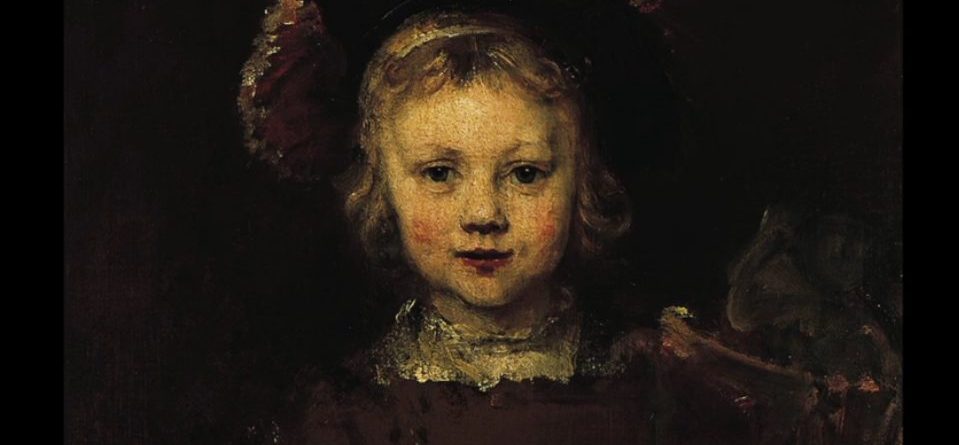Abstract Realism
When Abstract Realism and Expressionism dawned in the late 1960s and early 1970s, some of its leaders—Jackson Pollock, Franz Kline and Willem DeKooning—came on the scene showcasing the abstract beauty of paint itself without the dilution of a recognizable image. Pollock highlighted creativity in the controlled accident. Kline in the sheer power of a brushstroke. DeKooning preserved the energy of paint while showing how strong the visual symbolism, by which humans decipher reality.
Abstract Realism
Though Abstract Realism has been brewing for centuries, it has not been recognized as the extraordinary departure from most Realism that it is. Conceptually, it is in a completely different category. The awareness of paint’s abstract power may have started late in Titian’s career. He stated that at 60, he was just beginning to learn what painting was all about.
Titian’s work “The Flaying of Marsyas” is notable for its uninhibited exploration of the pure exuberance of paint with just enough imagery to deem it realistic. Rembrandt took this experimentation further when he married it with visual concepts. His work may be the most influential and realized of all the proponents of this way of painting.
Traditional ideas about recognizable images had already been changing since the early 1900s with such movements as Dadaism and Surrealism.
Realistic Imagery
Though realistic imagery was still there, it was sometimes distorted and given fantastically invented forms. At the same time however, Realism was given a modicum of credence. Artists became involved in making statements through their work to cause social, political and economic reform. Or basically when incorporating any ideas that were not purely visual ones.
These verbal ideas gave realism a new sense of importance in a time when it was becoming passé to paint realistically. It was morphing to accommodate the prevalent notion that Realism in and of itself was no longer a viable form of visual expression. We now experience a revival of the knowledge of technical skill that was lost during the rejection of traditional training. Classical Realism dominates the public eye in a valiant attempt to restore the artist’s connection to the natural world, independent of conceptual concerns.
Technical to Visual
Its proponents teach a strong technical foundation. It starts with careful studies of plaster casts and leads to highly rendered paintings. Simultaneously, a philosophy of synthesis of these seemingly disparate points of view is emerging. One in which the abstract beauty of paint combines with a recognizable image.
Paint quality, color, edges and shapes are used to lead the viewer’s eye through the painting and become a visual undercurrent that quietly captivates the observer. The visual concept, independent of pictorial narration or any intent other than a visual one, lends gravity to an image that might otherwise be—at its opposite manifestations—self-expression or technical facility.
Visual ideas are at the core of Abstract Realism. These ideas are as varied as each human being’s perceptions, life experience and inherent natures. The differences are often as subtle as distinguishing between the work of Frans Hals, Anthony Van Dyck, Rubens and Rembrandt. This is without the help of their actual signatures. To the casual viewer, there is little or no distinction. But to the observant eye, there is a world of difference. Each of these artists has distinctly different intentions and paint application. Thus, they are in fact their true signatures.
Concept
Concept can involve edges, as in some of Walter Murch’s paintings. Or it might use color and value with extreme conservation as in many still lifes by Hovsep Pushman. It could embody the simplicity of shapes as in some Soren Emil Carlsen still lifes or rich color relationships, where less is truly more as in the late George Inness landscapes.
The struggle to captivate the elusiveness of beauty in all its expressions has yielded some of the most compelling paintings known to man. With the recent return to Realism, there is now a visual point-of-view in which subject matter is a vehicle—not the reason—for painting.


Leave a Reply
You must be logged in to post a comment.